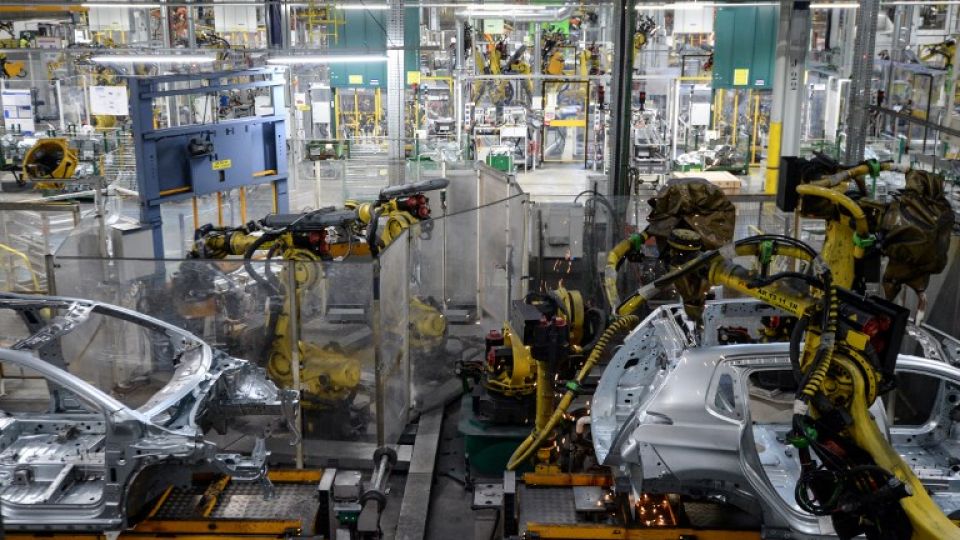May 28, 2018
Representatives of the APEC members hold a press conference following the trade ministers’ meeting in Port Moresby on Saturday but did not address concerns over protectionism.
Trade ministers from the 21-member Asia-Pacific Economic Cooperation forum wrapped up a two-day meeting in Papua New Guinea’s capital on Saturday, but did not include language critical of protectionism in their joint statement.
Disagreements on trade policy ultimately led the language to be omitted from the joint statement, which requires unanimous approval.
A “commitment to fight against protectionist measures” was instead included in the chairman’s statement, which reflects majority opinion among the member states.
In the joint statement, the trade ministers said they “urgently call for the removal of market-distorting subsidies” by governments and related entities, but did not refer to opposition to protectionism.
The chairman’s statement specified a “commitment to fight against and to rollback protectionist and trade distorting measures,” and also emphasized the importance of “the effective and timely enforcement of WTO [World Trade Organization] rules.”
A source involved with the negotiations attributed the gridlock over the joint statement to “U.S. and Chinese obstinacy on the wording.”
In response, Papua New Guinea Foreign Affairs and Trade Minister Rimbink Pato, who chaired the meeting, offered a compromise reflecting the two countries’ stances in which the wording would be omitted from the joint statement but included in the chairman’s statement.
The United States has imposed restrictions on steel and aluminum imports, while China has countered with tariffs on U.S. products.
As part of an ongoing trade dialogue, the United States has held off on imposing tariffs in response to China’s infringement of intellectual property rights, but friction persists between the two countries.
Japan and other countries targeted by the U.S. steel restrictions have called for a level-headed response to the move in line with WTO procedures.
At the meeting, China’s Vice Minister of Commerce Wang Shouwen criticized the United States, saying that China has upheld the WTO’s authority and opposes protectionism and unilateralism.
The United States in turn defended the legitimacy of its trade policies.
State Minister of Economy, Trade and Industry Kosaburo Nishime, who represented Japan at the meeting, said, “Amid the difficult realities facing the global economy, there have been market-distorting measures,” implicitly criticizing the Chinese government’s excessive subsidies and preferential treatment of state companies.
Should U.S.-China trade friction grow more severe, other countries could be affected by a contraction in trade.
The United States is considering new tariffs on automobile imports for national security reasons, prompting concerns over the impact of such a move on global trade.
However, the APEC trade ministers’ meeting did not produce effective countermeasures.
At last year’s trade ministers’ meeting, only a chairman’s statement was issued due to U.S. objections to wording in the joint statement.


